Urinary incontinence affects a significant number of women worldwide.
It’s estimated that approximately 25% to 45% of women experience urinary incontinence at some point in their lives.
The prevalence increases with age, particularly after menopause, and it can have a significant impact on quality of life.
The top 5 most common Urinary Incontinence Procedures
For years women have been given the same type of treatments to help treat their issues.
Here are some of the top 5 procedures available.
- Midurethral sling procedure: This involves placing a supportive sling under the urethra to provide additional support and improve continence.
- Botox injections: Botulinum toxin injections into the bladder muscle can help relax an overactive bladder, reducing urgency and frequency of urination.
- Sacral nerve stimulation (interstim therapy): This procedure involves implanting a device near the sacral nerves to modulate the signals between the bladder and the brain, helping to control bladder function.
- Bladder neck suspension surgery: In this procedure, the bladder neck is lifted and supported to improve control over urine flow.
- Artificial urinary sphincter implantation: This involves surgically placing an artificial urinary sphincter around the urethra to mimic the function of a healthy sphincter muscle and control urine flow.
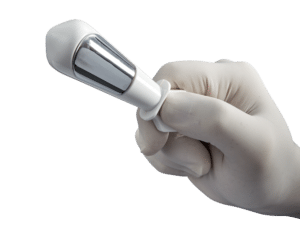
While these are the most commonly done procedures, thankfully as technology advances there are now other options to help treat urinary incontinence before you try more permanent and surgical options.
VTone
As women age or go through significant life events like pregnancy, childbirth, hormone fluctuations, and menopause, their pelvic floor muscles may weaken, leading to issues like stress or urge incontinence.
VTone offers a safe and non-invasive solution. Our FDA-cleared technology utilizes Electrical Muscle Stimulation (EMS) to effectively rehabilitate and strengthen pelvic floor muscles, helping alleviate these concerns.
What does it feel like?
VTone feels like a kegel. It is merely an electrical pulse making your muscles contract.
What is the downtime?
There is no downtime associated with this treatment. You might feel very mild muscle soreness, but otherwise you can go about your daily activities.
How long does it take?
Each session lasts about 20-30 minutes.
How many treatments will I need?
Recommended treatment protocol is a series of 6 sessions. However, we will discuss your customized treatment plan during your consultation.
Increase results with VTone + RF
We call it the Pretty Purse®
Pairing VTone with radiofrequency treatments offer the most assertive non-surgical solution for addressing female urinary incontinence available today.
This empowers women to effectively manage their urinary leakage through a simple in-office procedure, avoiding the need for bladder mesh or sling surgery.
Utilizing devices like Morpheus8V or FormaV, radiofrequency waves stimulate the body to boost collagen production, leading to the tightening and rejuvenation of vaginal tissue.
This tightening action on the vaginal canal fortifies the anterior vaginal wall, providing support to lift the bladder and urethra, resulting in significant improvement in urinary incontinence.
Have More Questions?
If you have any more questions or would like more information, you can schedule a consultation with one of our RN’s and they will be happy to help you decide if VTone is right for you.

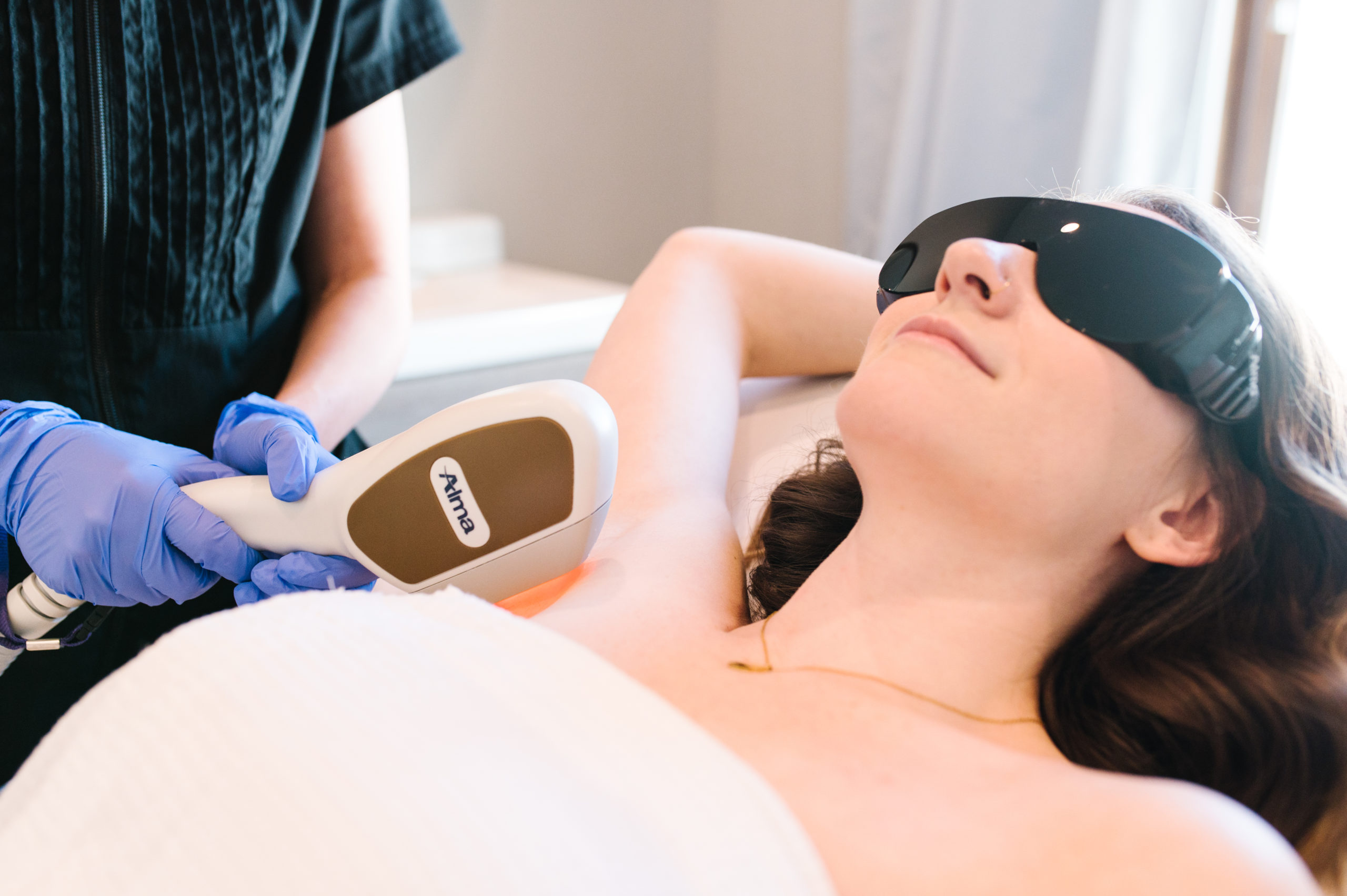 Laser Hair Removal
Laser Hair Removal Injectables & Fillers
Injectables & Fillers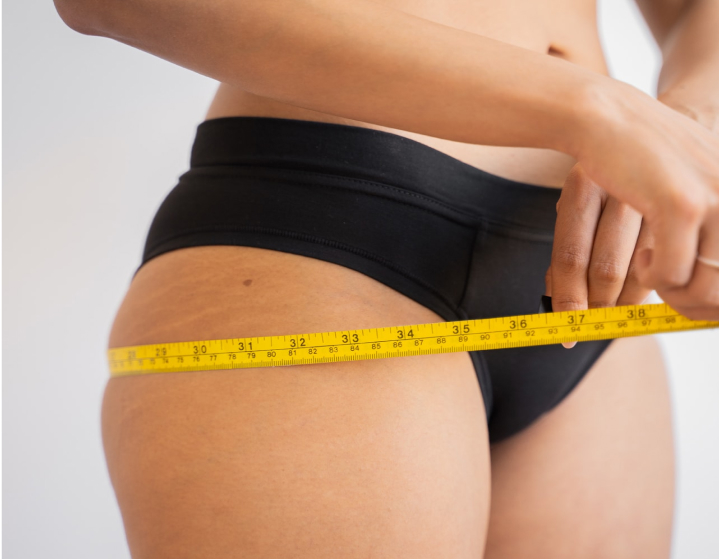 Weight Loss
Weight Loss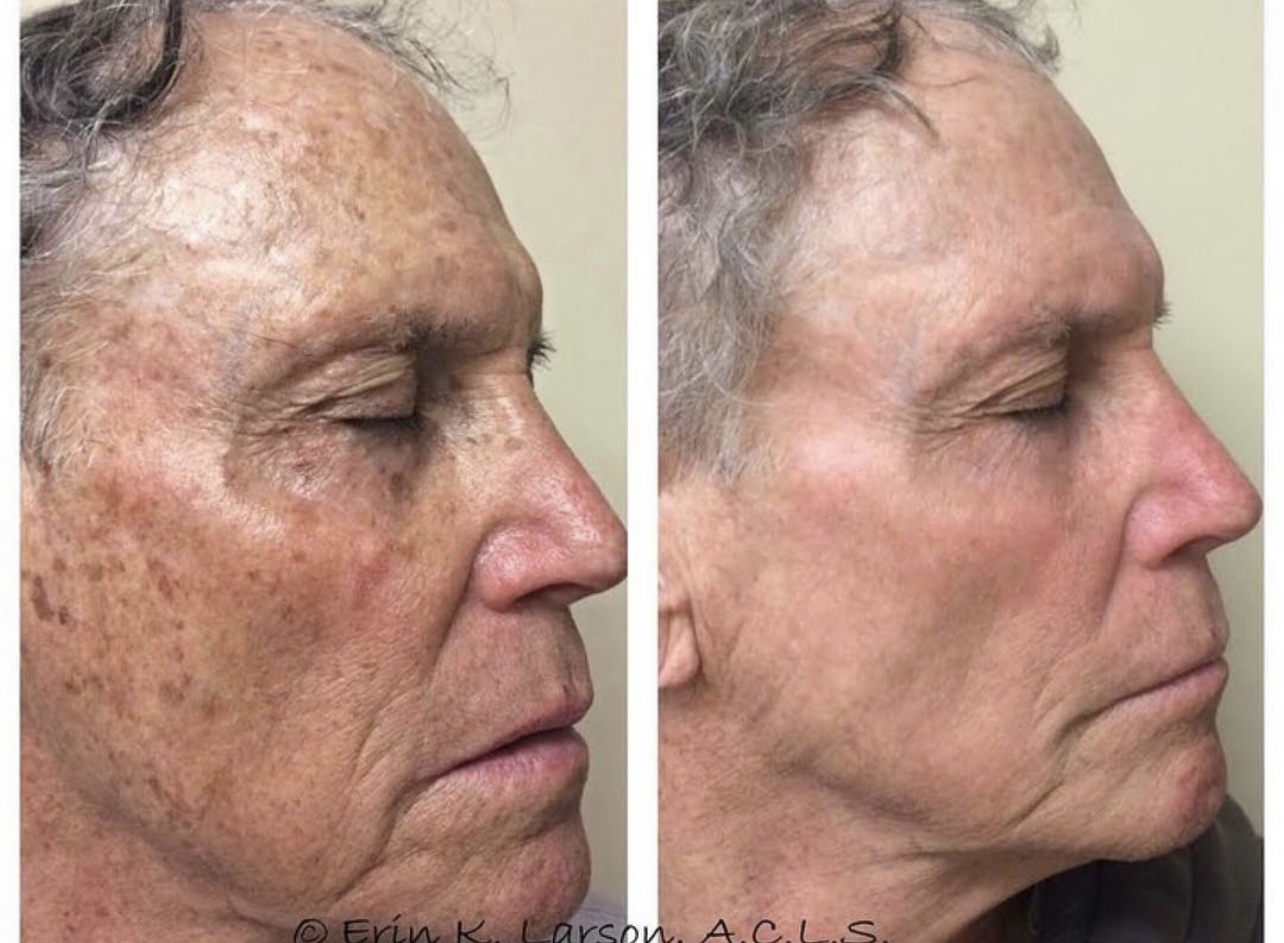 Clearlift Skin Rejuvenation
Clearlift Skin Rejuvenation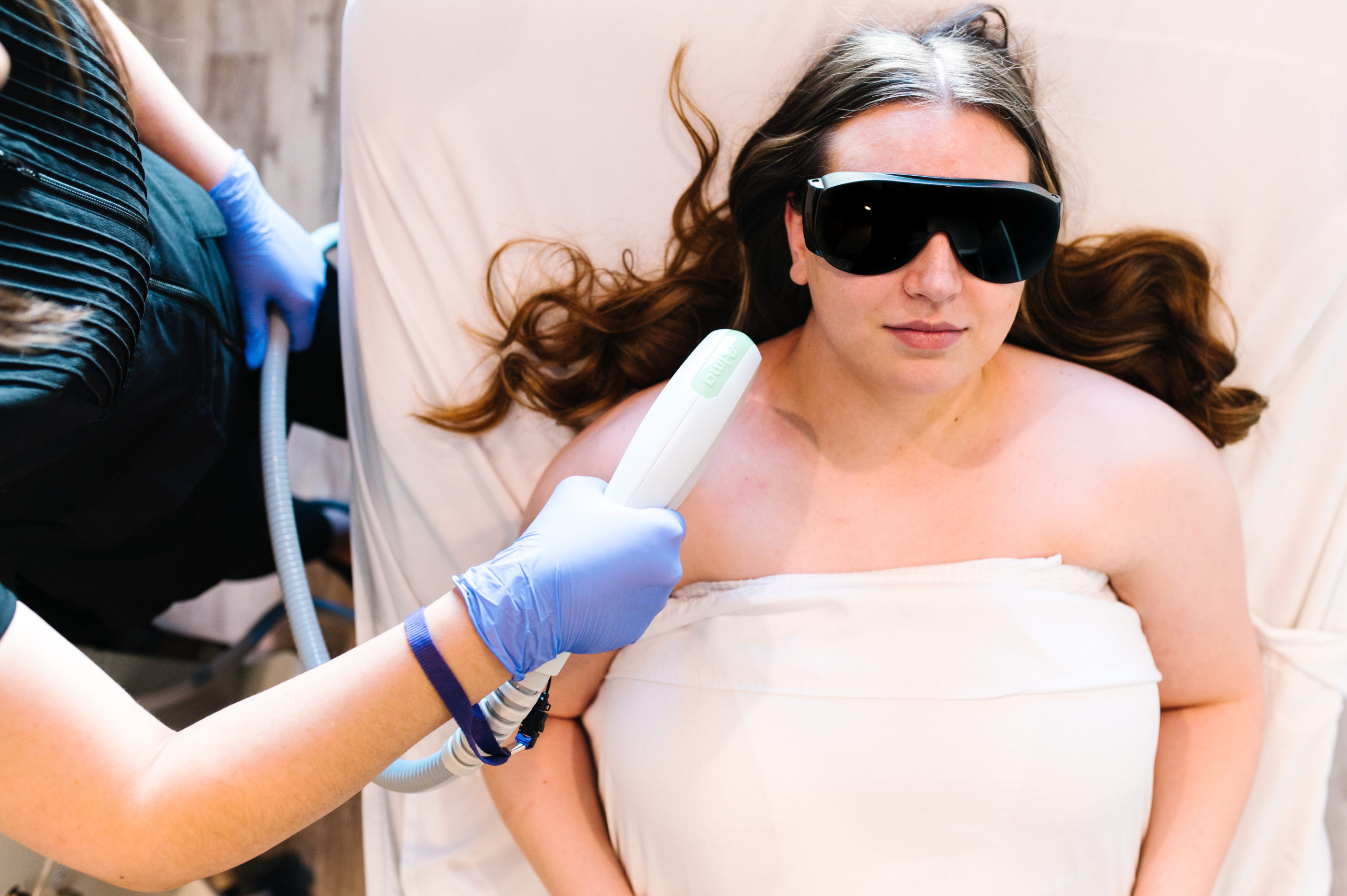 IPL | Photofacial
IPL | Photofacial IV Therapy
IV Therapy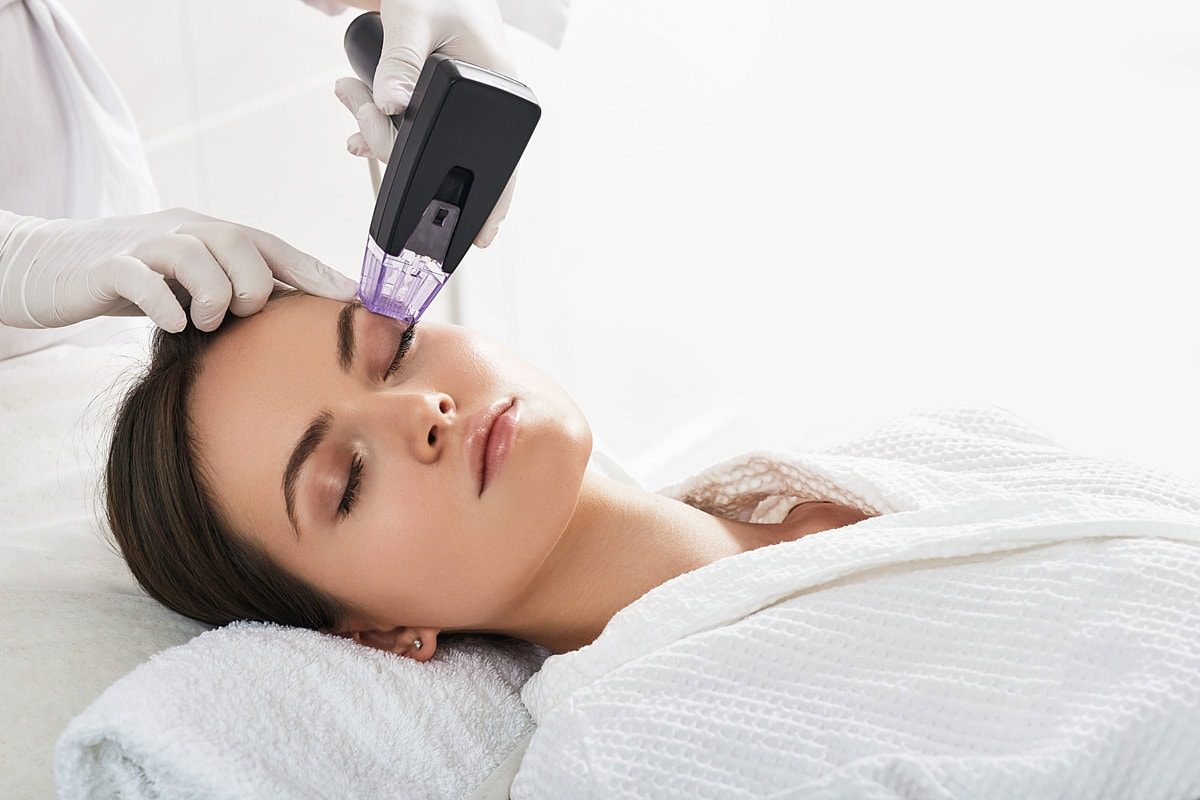
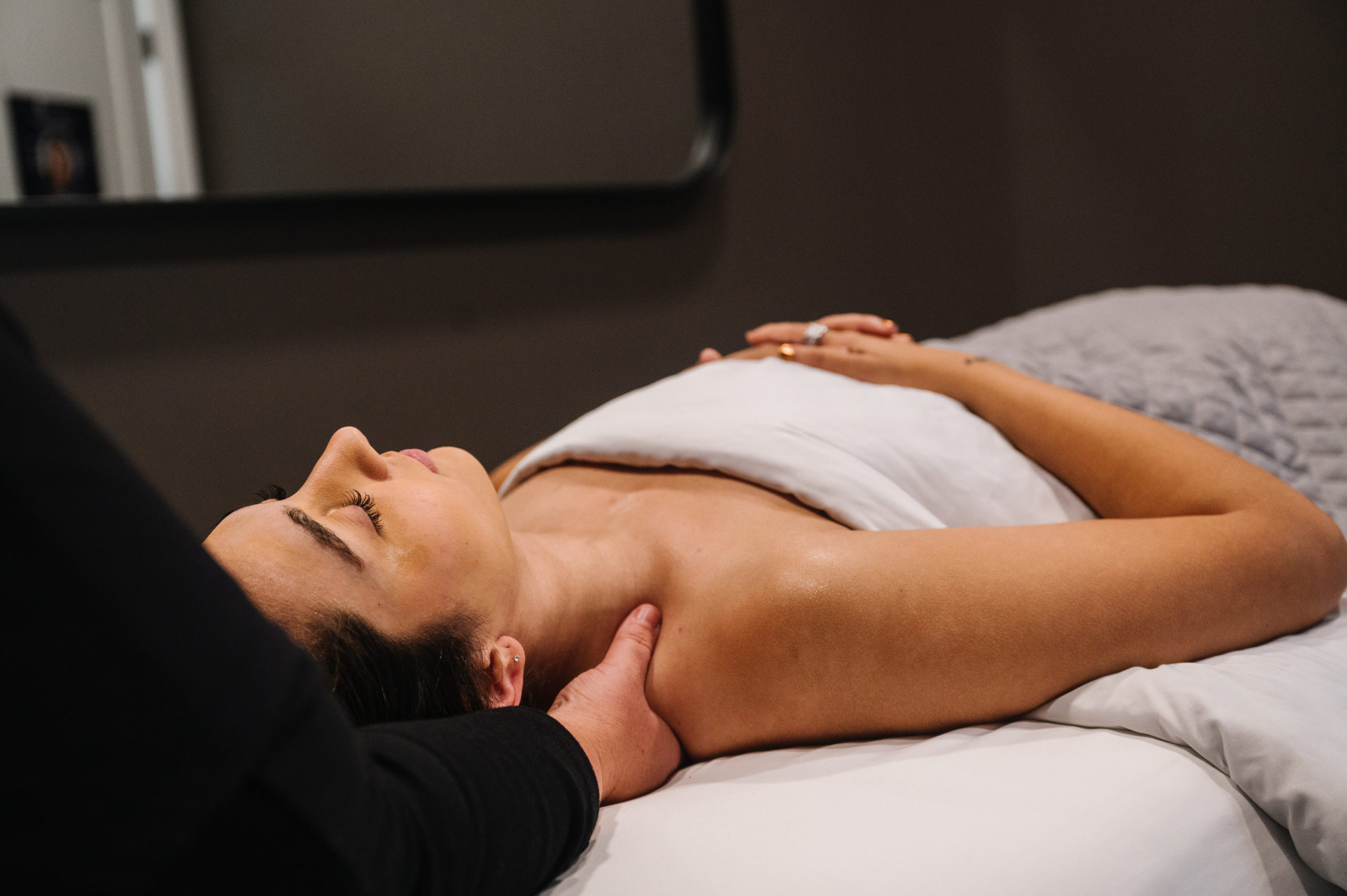 Signature Massage
Signature Massage Float
Float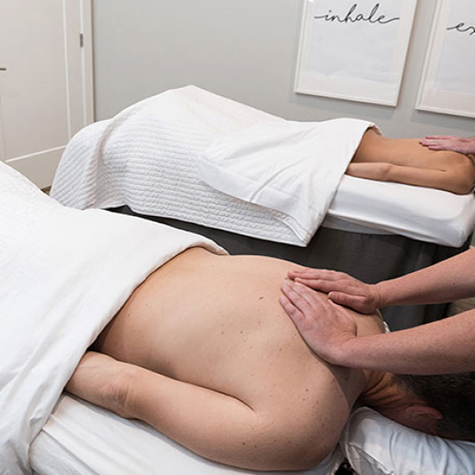 Couples Massage
Couples Massage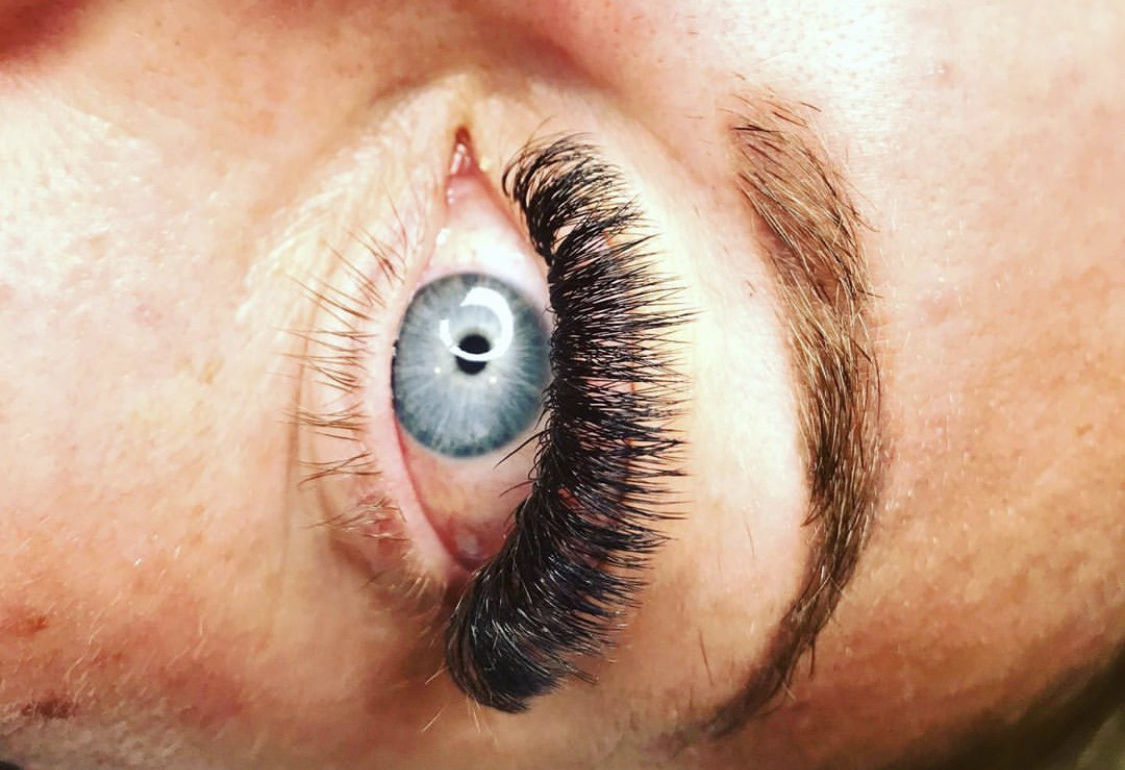 Aesthetics
Aesthetics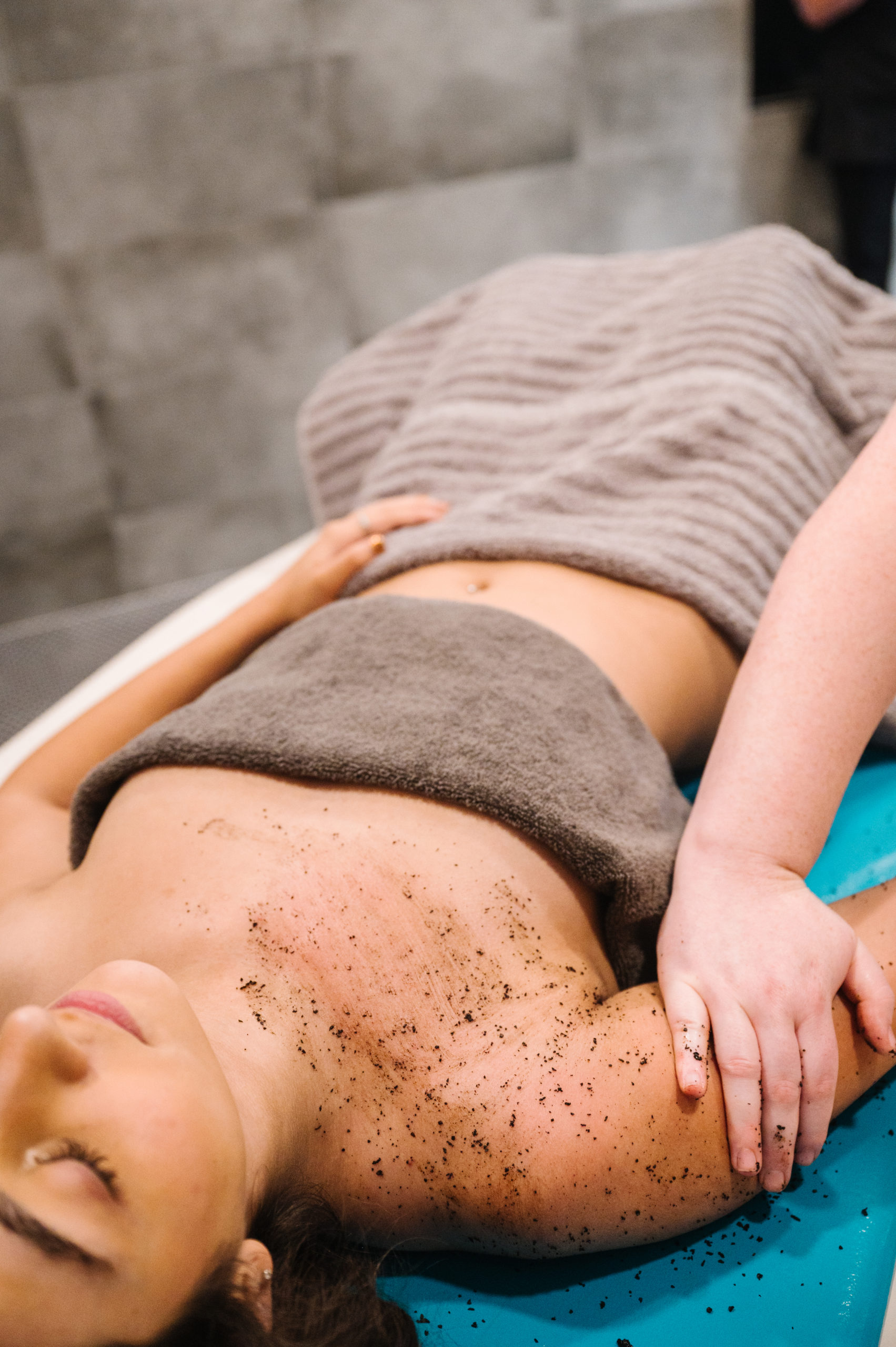 Body Treatments
Body Treatments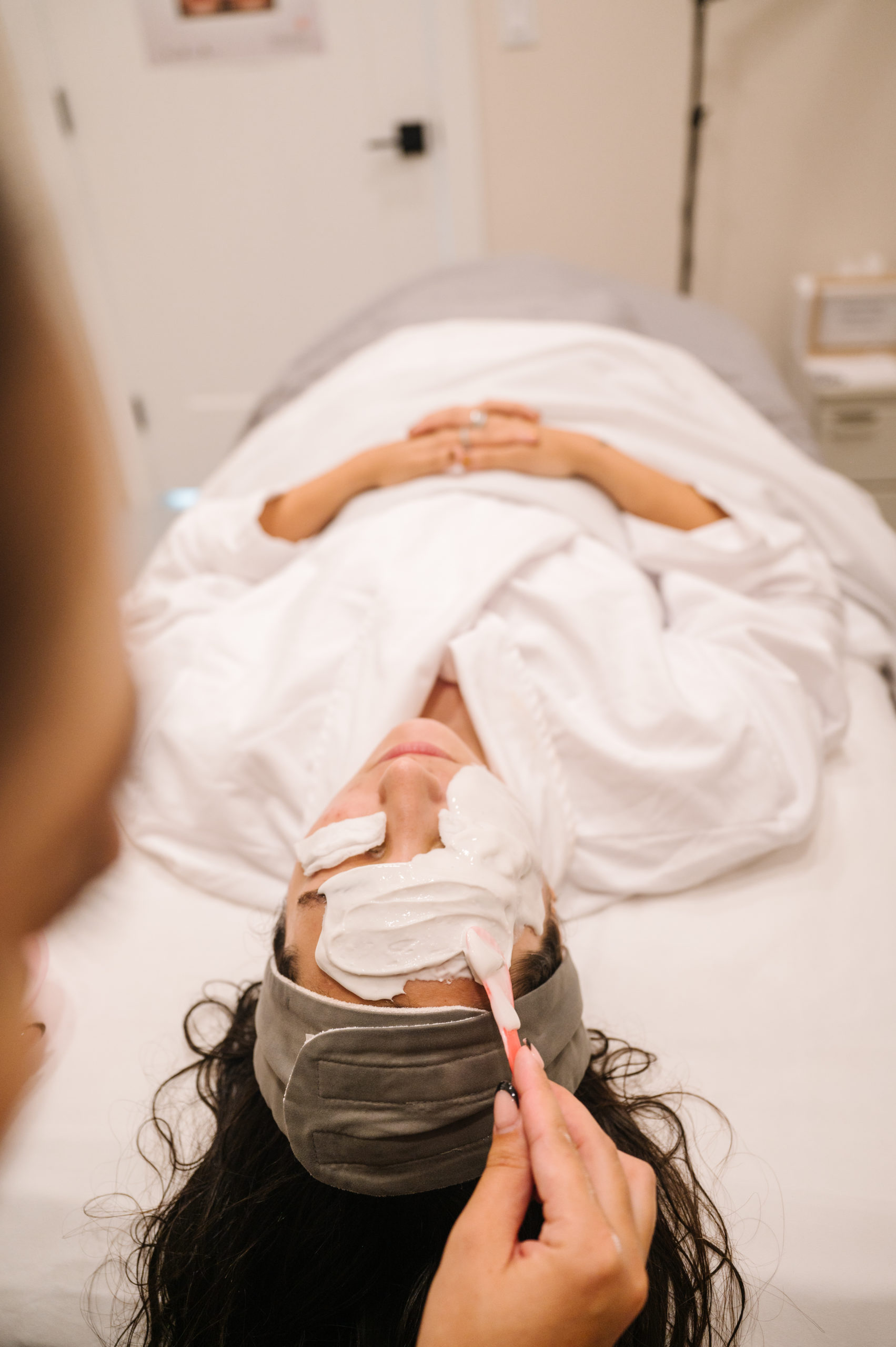 Facials
Facials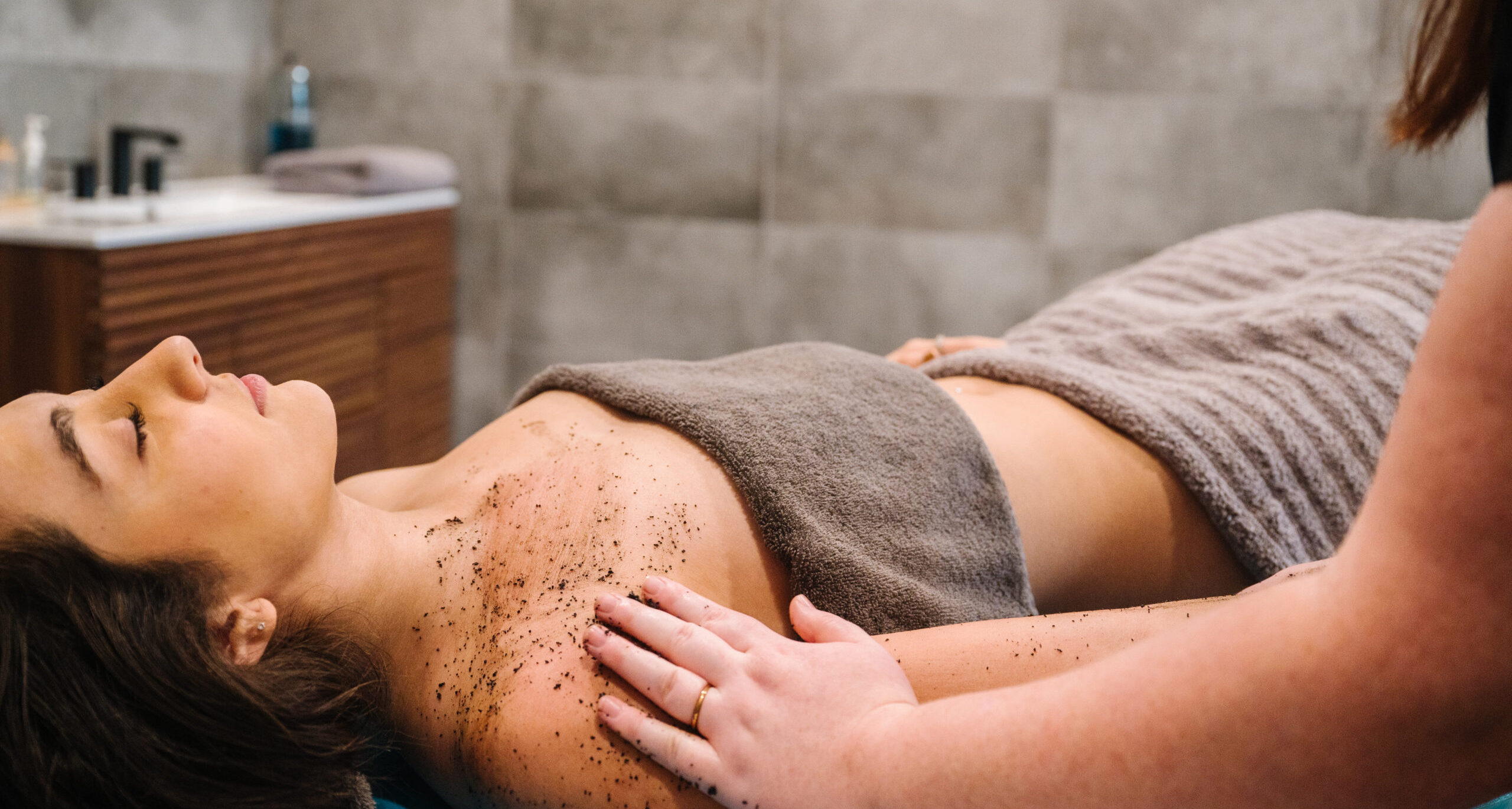
 VAGINAL REJUVENATION
VAGINAL REJUVENATION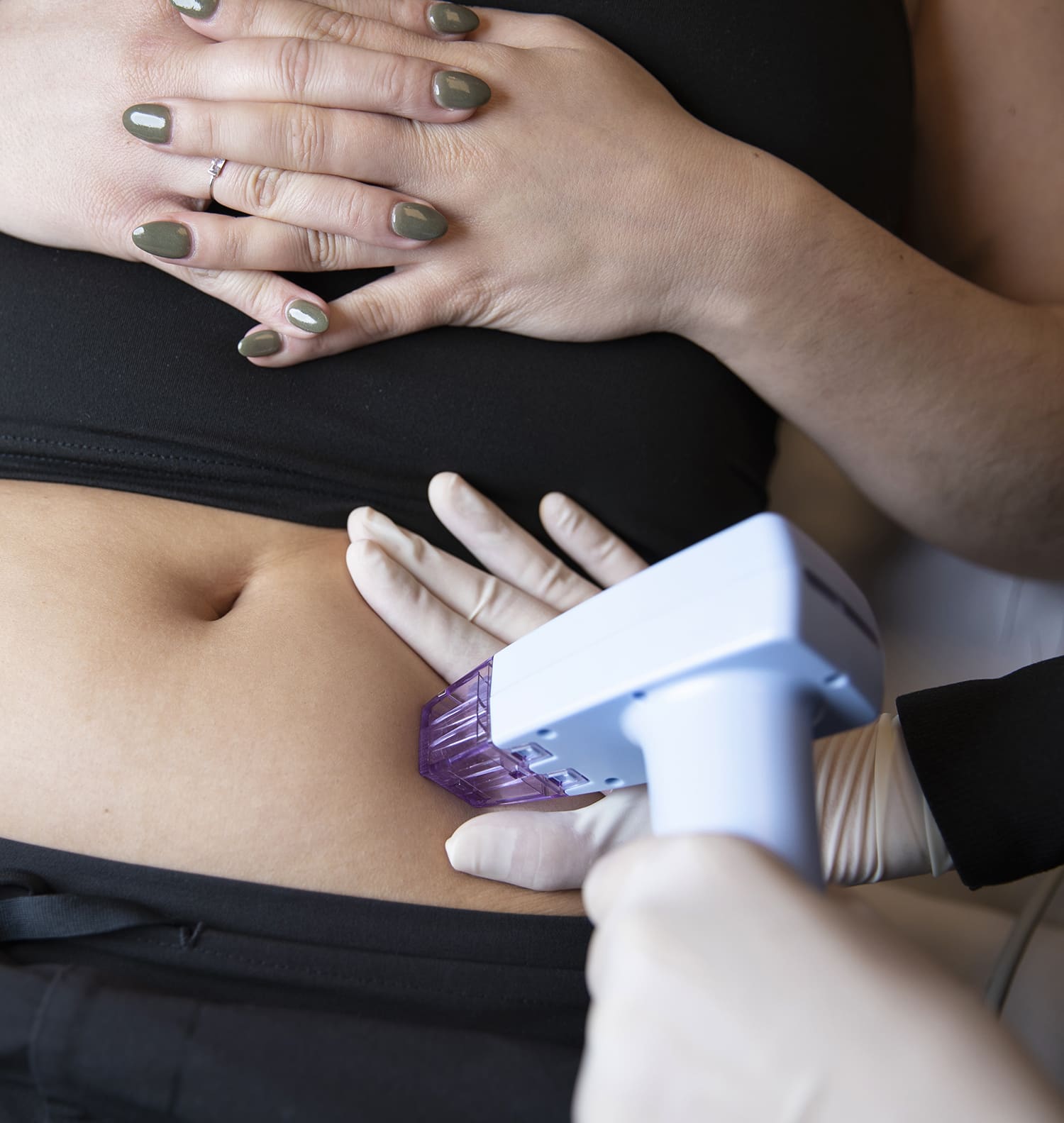 MORPHEUS8 BODY
MORPHEUS8 BODY TONE
TONE URINARY INCONTINENCE
URINARY INCONTINENCE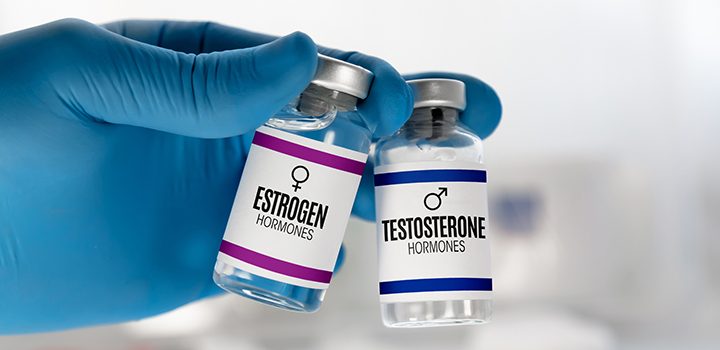 HORMONE THERAPY
HORMONE THERAPY